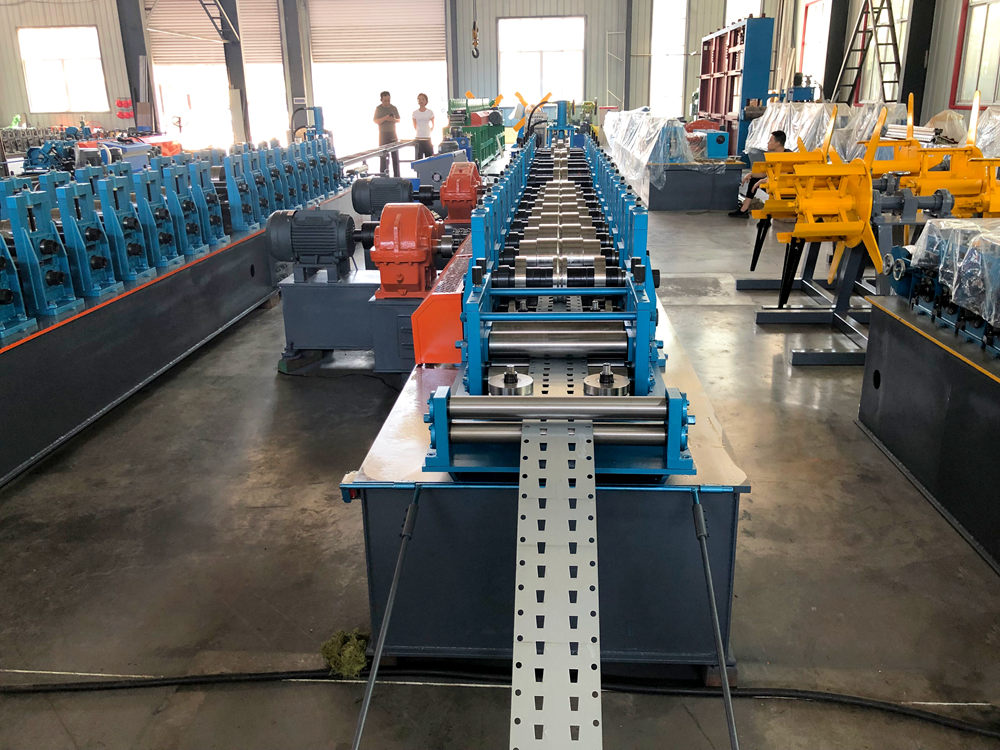
Stud and Track Keel Roll Forming A Comprehensive Overview
In the realm of modern construction, efficiency and precision are paramount, especially when it comes to framing and support structures. Among the various techniques employed to achieve these ends, stud and track keel roll forming stands out as a highly effective method. This process involves the continuous transformation of flat metal sheets into intricate profiles that serve as essential components in building frameworks.
Understanding the Process of Roll Forming
Roll forming, in general, is a manufacturing process in which flat metal strips are fed through a series of rollers that gradually shape the material into the desired cross-section. The stud and track keel roll forming specifically pertains to the creation of two crucial elements studs and tracks. Studs are vertical support members that form the framework of walls, while tracks serve as horizontal supports that stabilize and secure the studs in place.
The keel roll forming process begins with the selection of the appropriate metal, typically galvanized steel for its strength and corrosion resistance. The metal is then fed into the roll forming machine, where it passes through multiple roller stations. Each roller gradually bends and shapes the metal into a specific profile, which can include features such as lips, flanges, and notches that facilitate assembly and connection. This continuous shaping allows manufacturers to produce long lengths of studs and tracks efficiently.
Advantages of Stud and Track Keel Roll Forming

One of the primary benefits of using stud and track keel roll forming is the consistency in product quality. The process is automated, ensuring that every stud and track produced adheres to precise dimensions and specifications. This consistency not only enhances the structural integrity of buildings but also reduces waste, as less material is needed for adjustments during assembly.
Moreover, the roll forming process is highly flexible. Manufacturers can easily change the design of the profiles to accommodate different building requirements. Whether for residential, commercial, or industrial construction, stud and track keel roll forming can be tailored to meet specific demands. This adaptability extends to different thicknesses and widths of materials, providing builders with a broad range of options.
Additionally, the lightweight nature of roll-formed studs and tracks enables quicker transportation and installation on-site. Compared to traditional wood framing, metal studs are not only lighter but also offer superior durability and resistance to pests, rot, and fire. This aspect makes them increasingly popular in various construction applications, from residential homes to large commercial buildings.
Conclusion
As construction techniques evolve, the importance of efficient and reliable methods like stud and track keel roll forming becomes ever more pronounced. This innovative process not only streamlines the manufacturing of essential building components but also contributes to the overall quality and safety of structures. With its inherent advantages, roll-formed steel framing is set to continue playing a crucial role in the future of construction, paving the way for more sustainable and resilient building practices. As architects and builders seek to optimize their workflows and materials, stud and track keel roll forming will undoubtedly remain a favored choice.